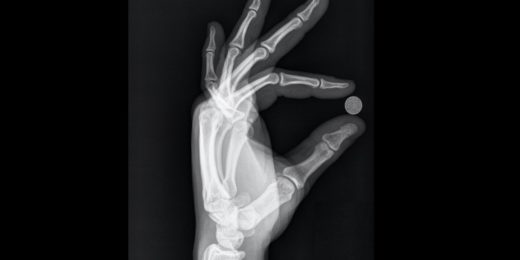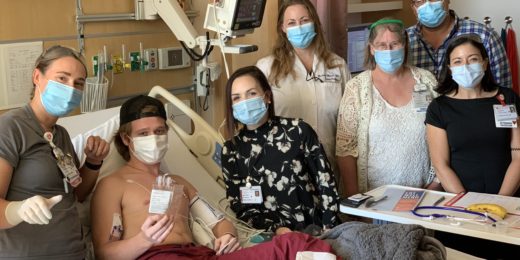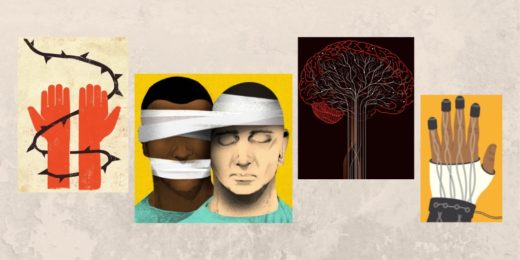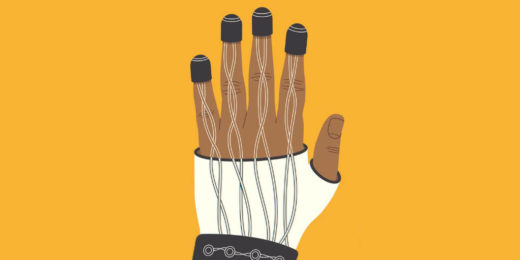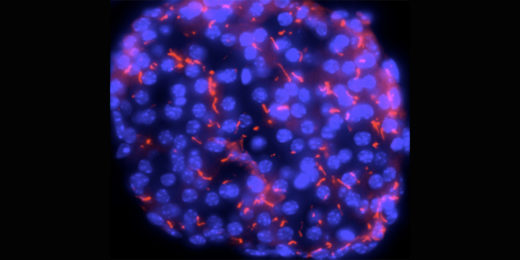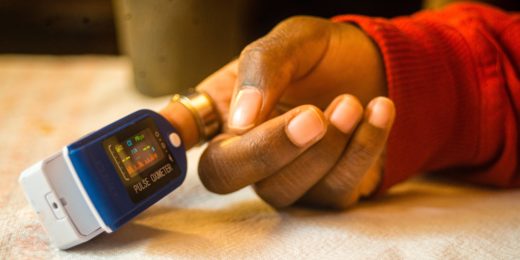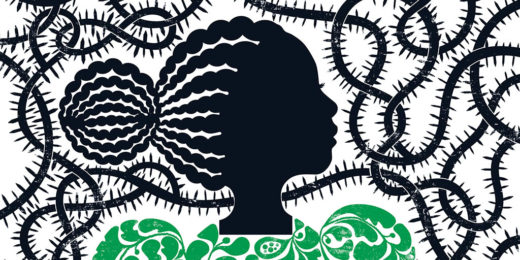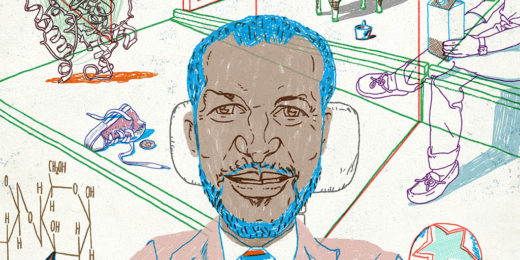A Stanford Medicine radiologist writes a novel that's part mystery, part sci-fi thriller, part educational tool to teach names of fractures.
Category: Uniquely Stanford
From loss comes hope: Pediatric brain tumor treatment shows promise
Research from early clinical trials of pediatric glioma patients shows that altered immune cells can fight the deadly brainstem tumor.
Report on opioids urges drug reform
Stanford researchers and colleagues issue a report detailing issues of the opioid crisis, including insufficient government policies.
Stanford Medicine magazine’s top reads of 2021 offer hope
Stanford Medicine magazine's most-read articles of 2021 were about health inequity and discoveries about the brain and nervous system.
Pandemic Puzzle: Vaccinating children
A Stanford Medicine researcher discusses COVID-19 vaccination for children and why it's important for them to get the shot.
Vibrating glove shows promise for calming Parkinson’s symptoms
A Stanford neurosurgeon developed a glove that delivers vibratory bursts of electricity to the fingertips to quell Parkinson's symptoms.
Addictive potential of social media, explained
Stanford psychiatrist Anna Lembke’s book, Dopamine Nation, explains our brain chemistry's role in modern society's addiction to social media.
Q&A: Native Hawaiian resident shines light on health disparities
A Stanford Medicine medical student speaks to the disparities in representation of Native Hawaiian and Pacific Islanders in medicine.
Pandemic Puzzle: Health disparities and equitable recovery
In Stanford's Pandemic Puzzle virtual symposium, experts discuss medical and economic issues of the Covid-19 pandemic.
Making space for underrepresented students in population health
Stanford Medicine researchers have launched a program to address the lack of diversity in population health sciences.
Diabetes, obesity and … the primary cilia?
A protein on a cell structure called the primary cilia links diabetes and obesity. The discovery may lead to new diabetes treatments.
Stanford researchers to improve LGBTQ+ health and representation
Stanford Medicine researchers have been awarded millions of dollars from the NIH to better research LGBTQ+ health.
A passion for saving lives, being a voice for health equity
Through his words, Italo Brown’s accomplishments and his actions as an advocate for equity in health care, he has embraced the challenge of rising to the name and its expectations.
To benefit diverse groups, AI must address bias, researchers say
Steps must be taken to prevent bias in sex, gender and race in health data gathered using artificial intelligence, Stanford researchers write.
Maternal care and race: ‘Birth equity is where a whole life starts’
Across the U.S., unequal medical care is harming nonwhite new moms and their babies. Stanford experts are studying how to flip the trends.
Elite gastroenterologist’s path to being a champion of diversity
As an African American who also has a disability, Eric Sibley provides a role model for others within academic medicine.


